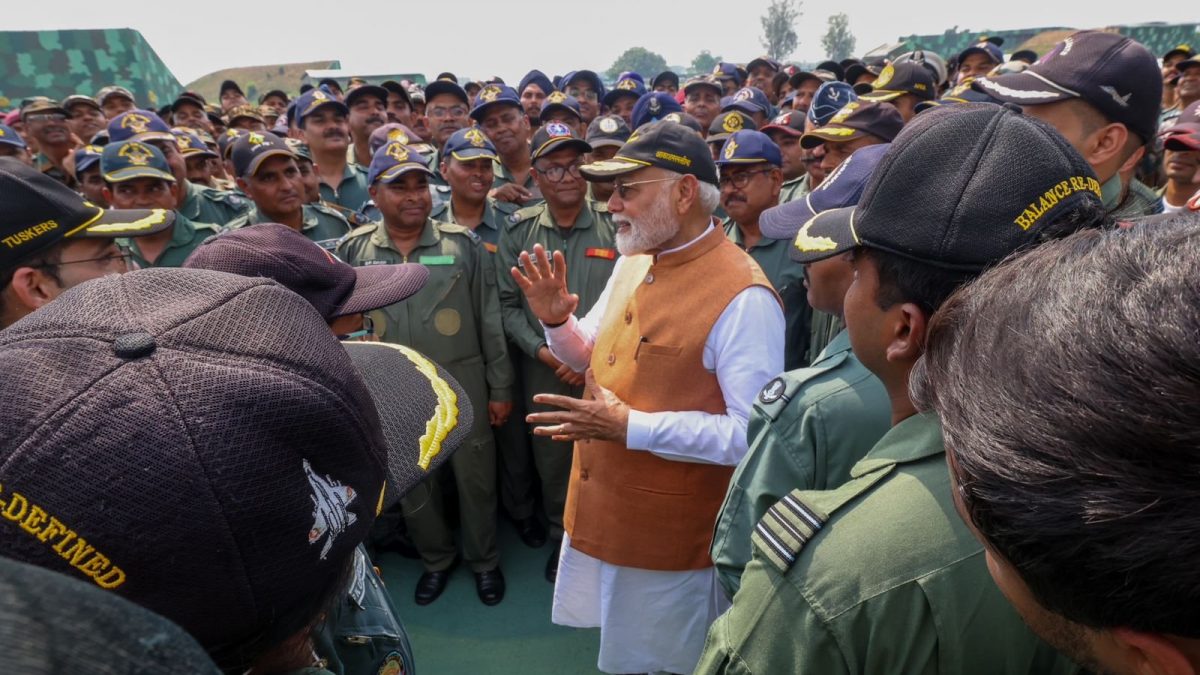Within days of India pausing its Operation Sindoor against Pakistan, key details have been reported in media highlighting how the anti-terror mission was successfully executed following a series of high-level discussions and meetings among the top political and military leadership.
PM Modi’s ‘free hand’ to armed forces
During meetings of the Cabinet Committee on Security (CCS), PM Modi had made it clear the question was not about “if” India should retaliate but was about “where and when”, Times of India quoted top sources as saying.
PM Modi cut short his Saudi trip and met with National Security Advisor Ajit Doval and Foreign Minister S Jaishankar. Defence Minister Rajnath Singh was also consulted, and a plan was conceived to deliver justice to terrorists and their patrons.
‘No nuclear blackmail’
Even as the global experts, analysts and media kept talking about the associated risks of a nuclear war, India was not deterred.
PM Modi remained resolute, undeterred by warnings about Pakistan’s army chief, Gen Asim Munir, being a ‘jihadi in olives’ with a finger poised on the nuclear trigger, ensuring such fears would not hinder India’s response this time either.
Even in 2019, during the Balakot strikes, PM Modi had called Pakistan’s nuclear bluff by launching strikes at Balakot.
Targets
As it happened during the 2019 strikes, India conducted strikes in mainland Pakistan, in regions far away from the Line of Control, during Operation Sindoor.
For precision strikes, the headquarters of terror outfits Lashkar-e-Taiba and Jaish-e-Mohammed, South Asia’s biggest terror hubs, were bombed in Muridke and Bahawalpur, respectively.
This time around, India made sure to inflict damage that is very easy to see and detect.
With these strikes, India gave a clear message to these jihadis: “We know who you are, where you are and how to get you.”
Testing Pakistan’s preparedness
Following the Pahalgam attack, there was widespread speculation that India would strike terrorist strongholds, particularly the jihadi centres in Muridke and Bahawalpur.
Pakistan, having been caught off-guard twice, was expected to have bolstered defences around its “key assets,” reducing India’s chances of a surprise attack. However, two weeks after the massacre, India targeted those same sites. Sources did not confirm whether this was due to intelligence indicating Pakistan had relaxed its vigilance.
Impact Shorts
More ShortsThe Navy: The silent force
While the Indian Navy did not directly engage during Operation Sindoor, its assertive stance clearly conveyed India’s intent and preparedness to counter any escalation. On the night Indian missiles struck targets near Karachi, ships executed bold maneuvers.
The message was clear: India was ready to expand the conflict across all domains, and Pakistan understood. As Vice Admiral AN Pramod noted, the Indian Navy effectively kept the enemy’s air force “contained” along the Makran coast.
Choice of weapons
Indian intelligence identified a vulnerability in Pakistan’s air defense system. Designed by Rawalpindi GHQ and their Chinese allies to counter aircraft and missile attacks, it overlooked India’s loitering munitions.
These drones, a potent addition to India’s arsenal, fly low to evade standard defences, loiter over targets with precise coordinates, and strike with accuracy. In recent years, India has amassed a formidable stockpile of these stealth weapons, initially acquired through emergency overseas purchases but now increasingly manufactured domestically.
)